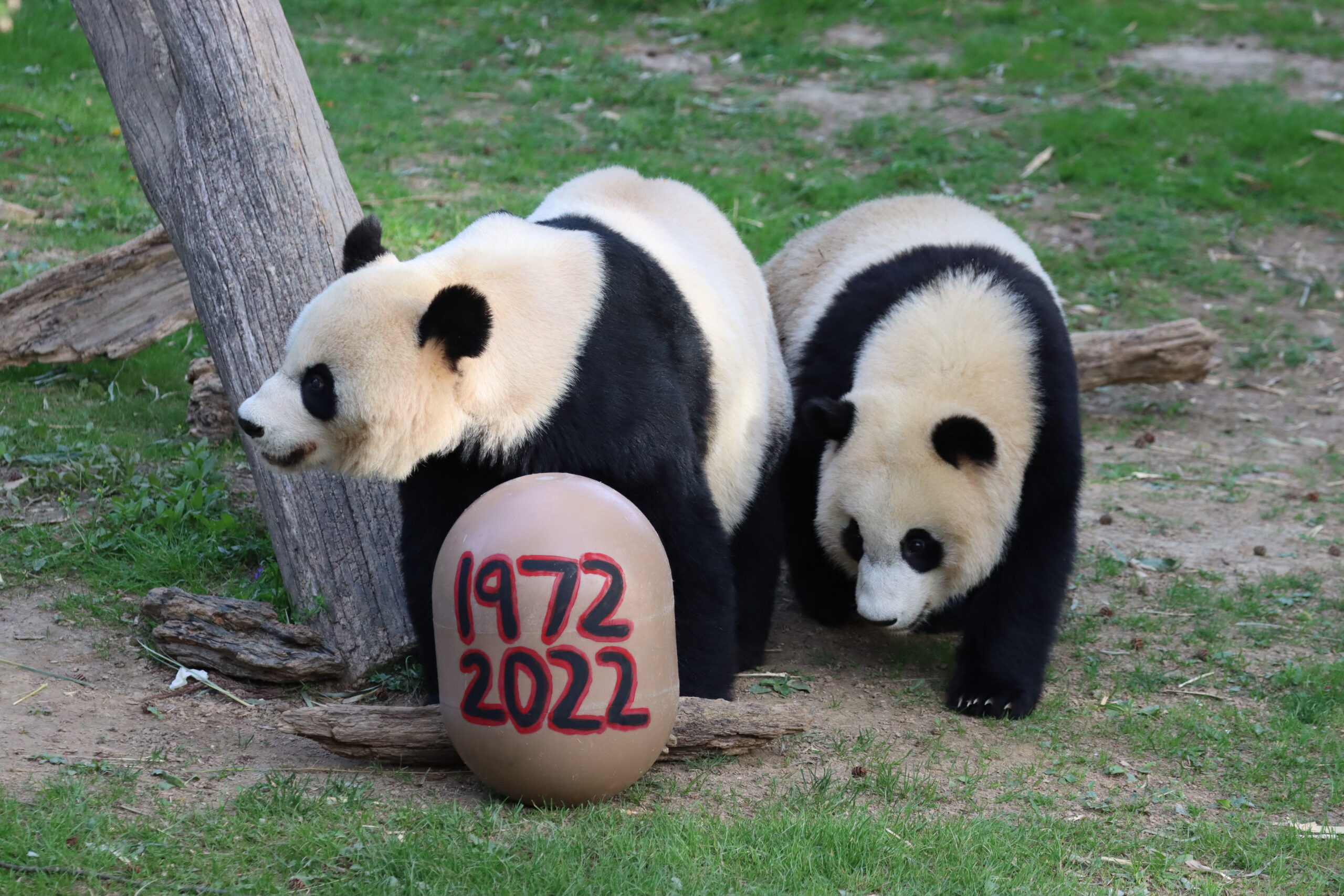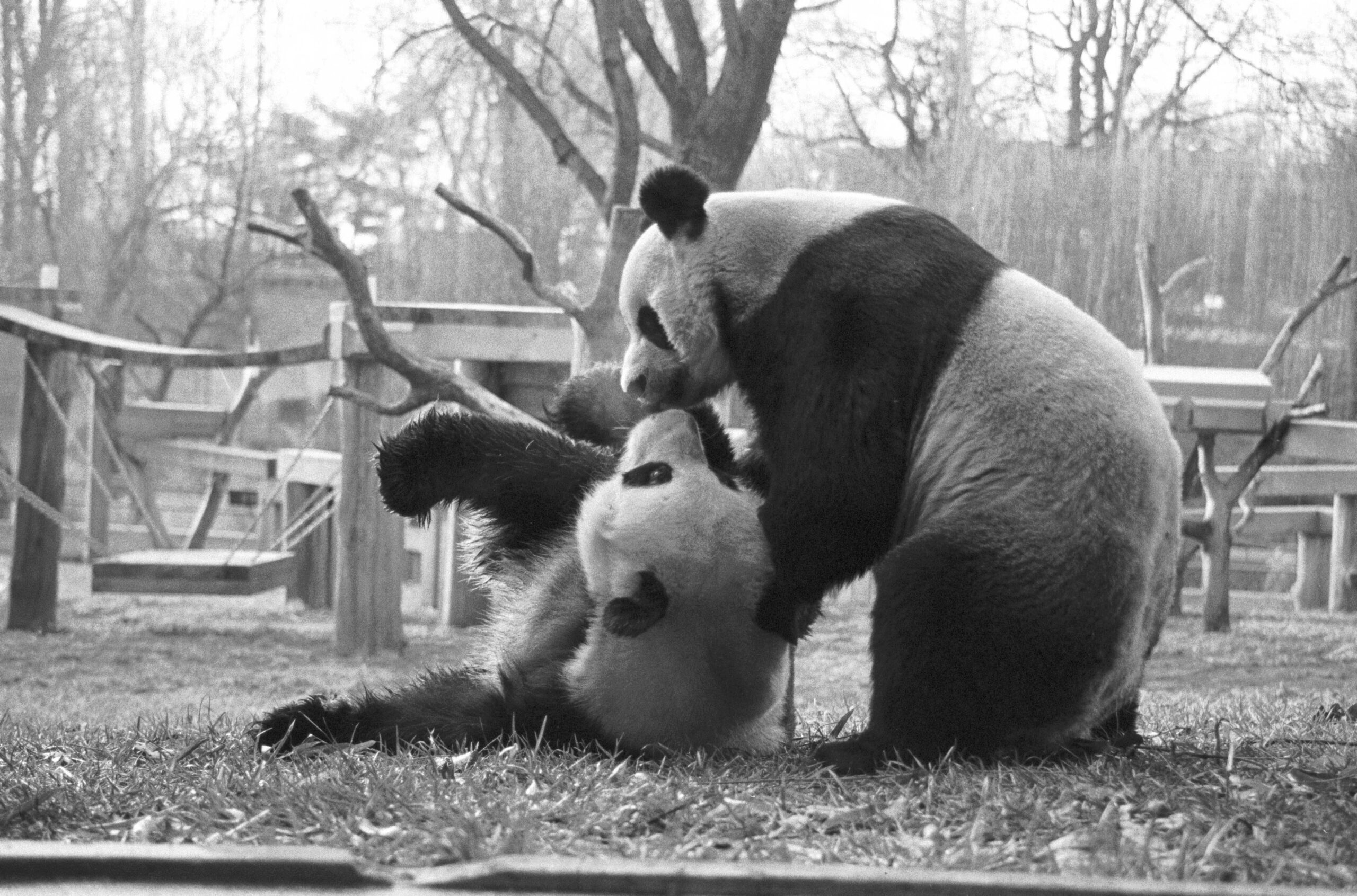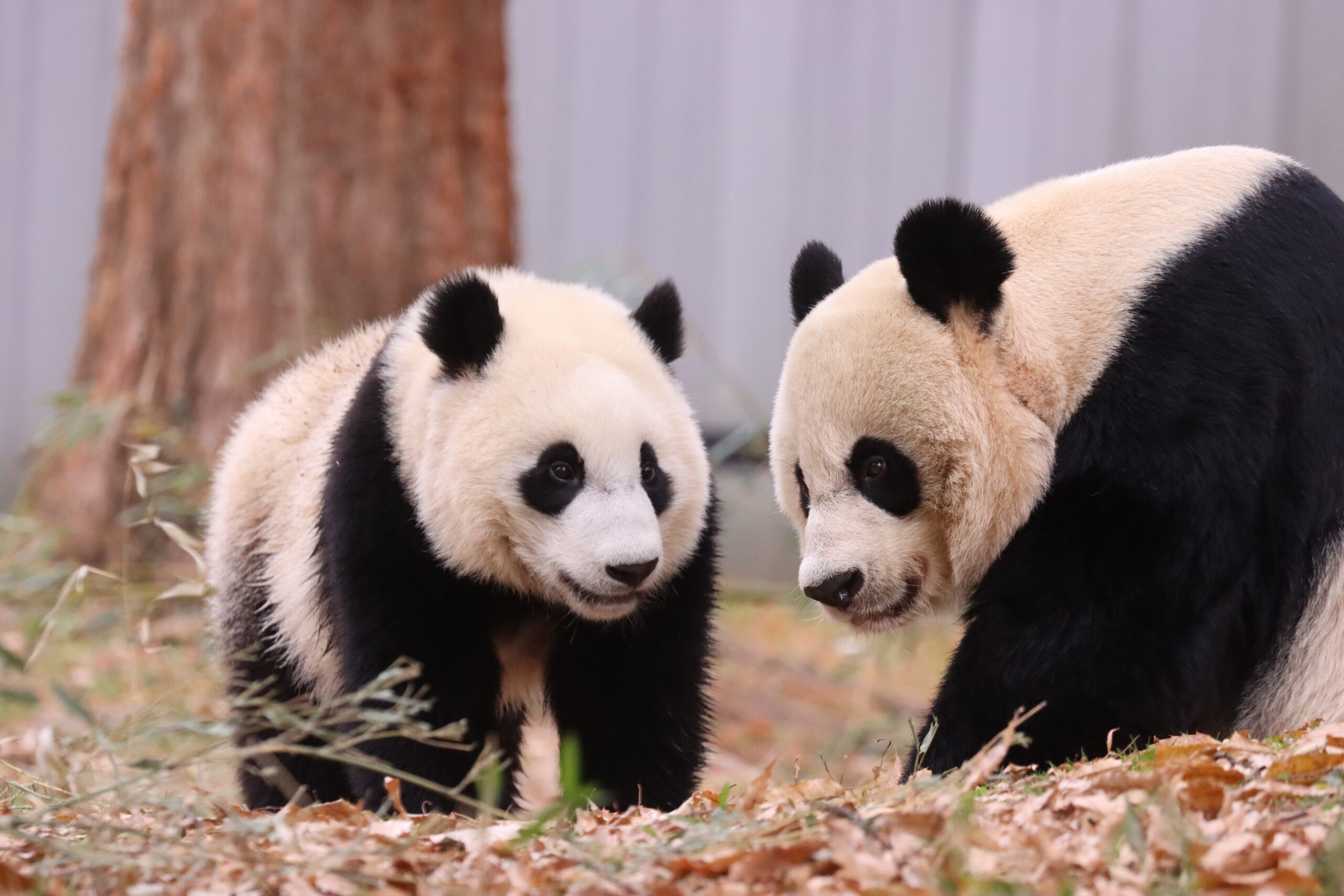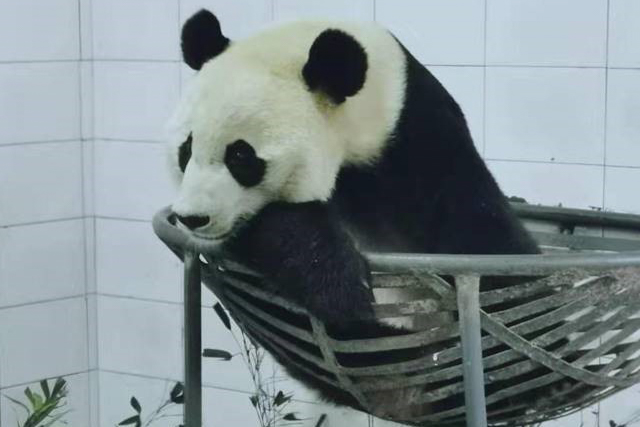Nicole MacCorkle: "What Giant Pandas Taught Me About Parenting"

Animal Keeper Nicole MacCorkle cares for the Giant Pandas at the Smithsonian’s National Zoological Park. She has been at the Zoo since 1998, and has been working with giant pandas since 2001. She accompanied Tai Shan to China in 2010. She wrote a story “What Giant Pandas Taught Me About Parenting”:
If you had told me years ago that I would spend my days working with giant pandas, let alone be the senior giant panda keeper at the Smithsonian’s National Zoo, I would have laughed in your face. But as recently as 10 years ago, even more unlikely to me was the notion that I would become a mom. “My work is really exhausting, and that’s why I don’t have children,” I told my college’s alumni newsletter in 2006. But in 2011, my daughter, Chloe, was born, and I realized just how much my 17 years of animal keeping and training would come in handy. It turned out that the skills that made me a good animal keeper, which the animals helped me develop over the years, went a long way in learning how to care for a growing human. Below are some of the things I’ve learned.
Keep Your Expectations Realistic
Even before she was born, I knew my daughter would be a rambunctious child. A friend of mine had described pregnancy as feeling like butterflies tickling the inside of her stomach. For me, it felt more like a hamster running on a wheel. The Christmas before Chloe was born, she kicked me so hard that the force sent a package that had been in my lap to the floor. After she was born and as she’s gotten older, that energy has continued, and it wouldn’t be fair to expect her to act in a way that doesn’t fit with her personality. It’s the same with animals. Adult giant pandas, for example, are low-energy animals, so I wouldn’t expect them to do much more than eating and sleeping and rolling down the hill on snowy mornings.
Hold Your Newborn as Much as Possible
During the first few weeks after giving birth to Bao Bao, Mei Xiang rarely, if ever, put her cub down. Later, when Bao Bao was older and her mother would leave the nest to go eat, Mei Xiang always made a hasty retreat back if she heard her cub crying. If I hear a distress call from any of the animals in my care, I too always go to investigate and try to remedy the situation.
I do the same with my daughter. For the first several months of her life, my daughter was rarely put down during the day. She was almost always in direct contact with someone—her caregiver, my husband, or me. We were fortunate that family friends and my parents were available to care for her while my husband and I were at work. And while critics suggested this parenting style would make my daughter clingy, just the opposite has proven true. When someone tries to assist her with a task, she more often than not states firmly, “No, I do it!” Now nearly four years old, she is developing quite an independent streak.
Sleep When Your Baby Sleeps
Most new parents hear this pearl of wisdom, but I had seen it firsthand at the Zoo. Years before I became a mother, I witnessed Mandara, a gorilla, bring her newborn to the mesh area where several keepers and I were hoping to get a glimpse of the sleeping baby. After we admired the baby, oohing and ahhing, Mandara returned to a favorite resting spot and fell asleep sitting up. She was sleeping while her baby was sleeping. Now, even as my daughter gets older, her naptime becomes my opportunity to recharge. I spend that time reading books that aren’t about parenting or pandas, or catching up on TV or Facebook. Whatever the activity, I make sure it’s something that I want to do, not something I feel I need to do. It is my “me” time.









